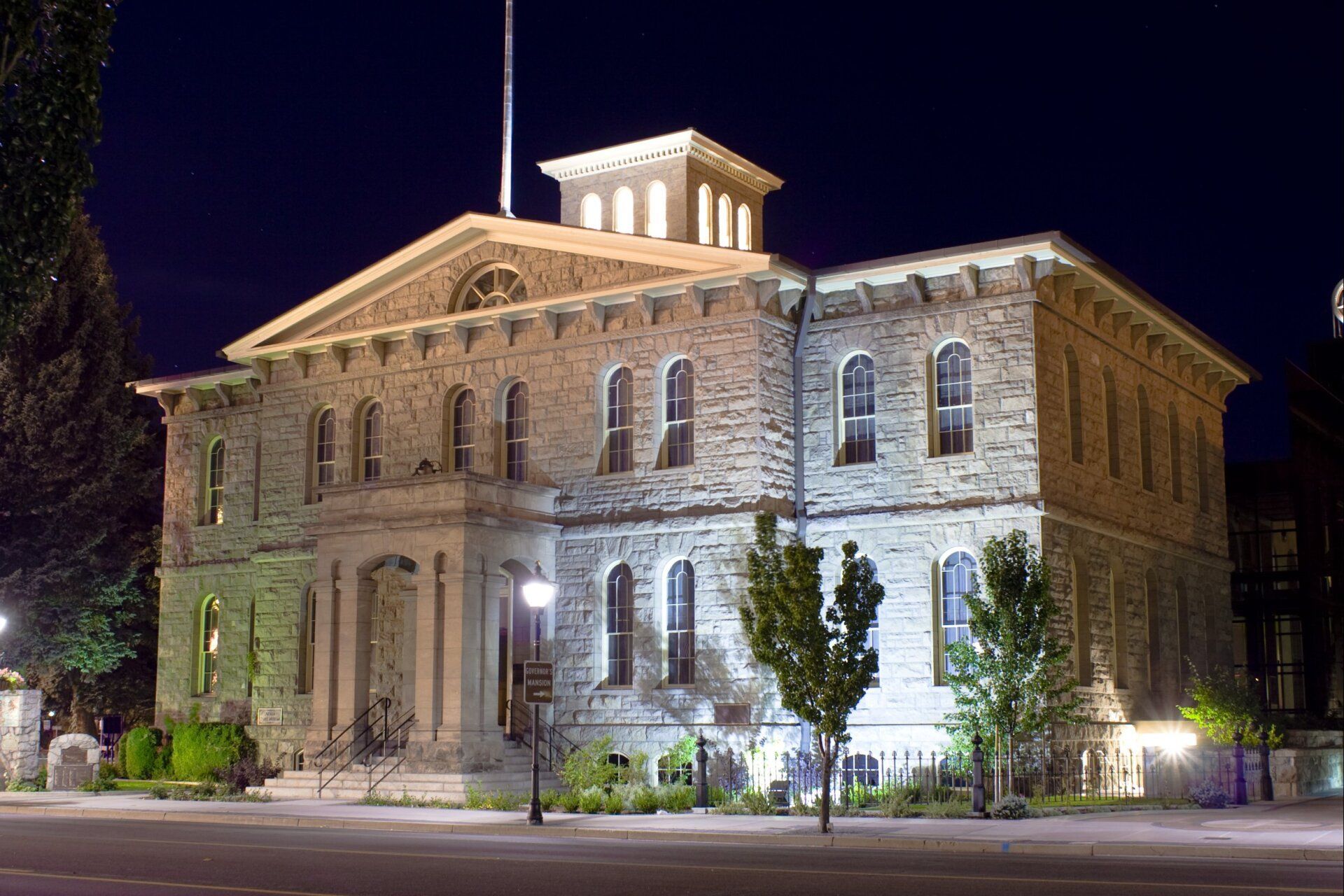A brief history of the inactive U.S. Mints
Inactive Branch Mints of the United States
Over the years, there have been mints that were opened to serve a boom in gold or silver in the area, but have since closed due to no longer being needed. There are 4 branch mints that no longer operate.
- New Orleans Mint
- Dahlonega Mint
- Charlotte Mint
- Carson City Mint
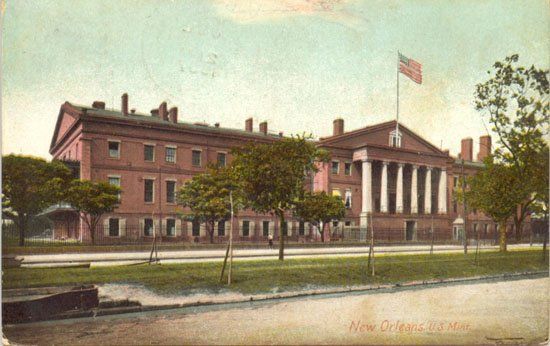
The New Orleans Mint
The New Orleans Mint, one of the first branch mints, was established in 1838, and operated until 1861, when it was seized by the Confederacy. The New Orleans mint was closed for most of the Civil War, and reopened in 1879 until it was closed permanently in 1909.
During its time, the New Orleans Mint was the highest producing branch mint until it was overtaken in the 1850s by the San Francisco Mint.
After the mint was decommissioned in 1911, the building went through a myriad of different uses including an assay office, a storage building for the Coast Guard, and finally transferred to the State of Louisiana in 1965 and turned into a museum in 1981.
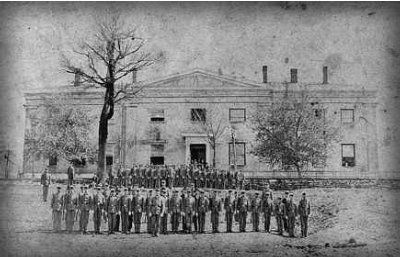
The Dahlonega Mint
The Dahlonega Mint, was first established during the Georgia Gold Rush to—you guessed it—help the miners assay their gold and have it minted.
The Dahlonega Mint produced coins only from gold that was deposited into it by miners and assayers, and every coin that came out of the Dahlonega Mint is rare.
During the Civil War, the mint was seized by the Confederates in 1861, and it is commonly believed that the mint did produce some gold coins under their authority, though it is unknown exactly how many gold dollars came out of the Dahlonega mint in 1861.
After the Civil War, the mint was not reopened and the building stood vacant until 1873 when it became the main administrative building of North Georgia College. Unfortunately, a fire destroyed the original building in 1878.
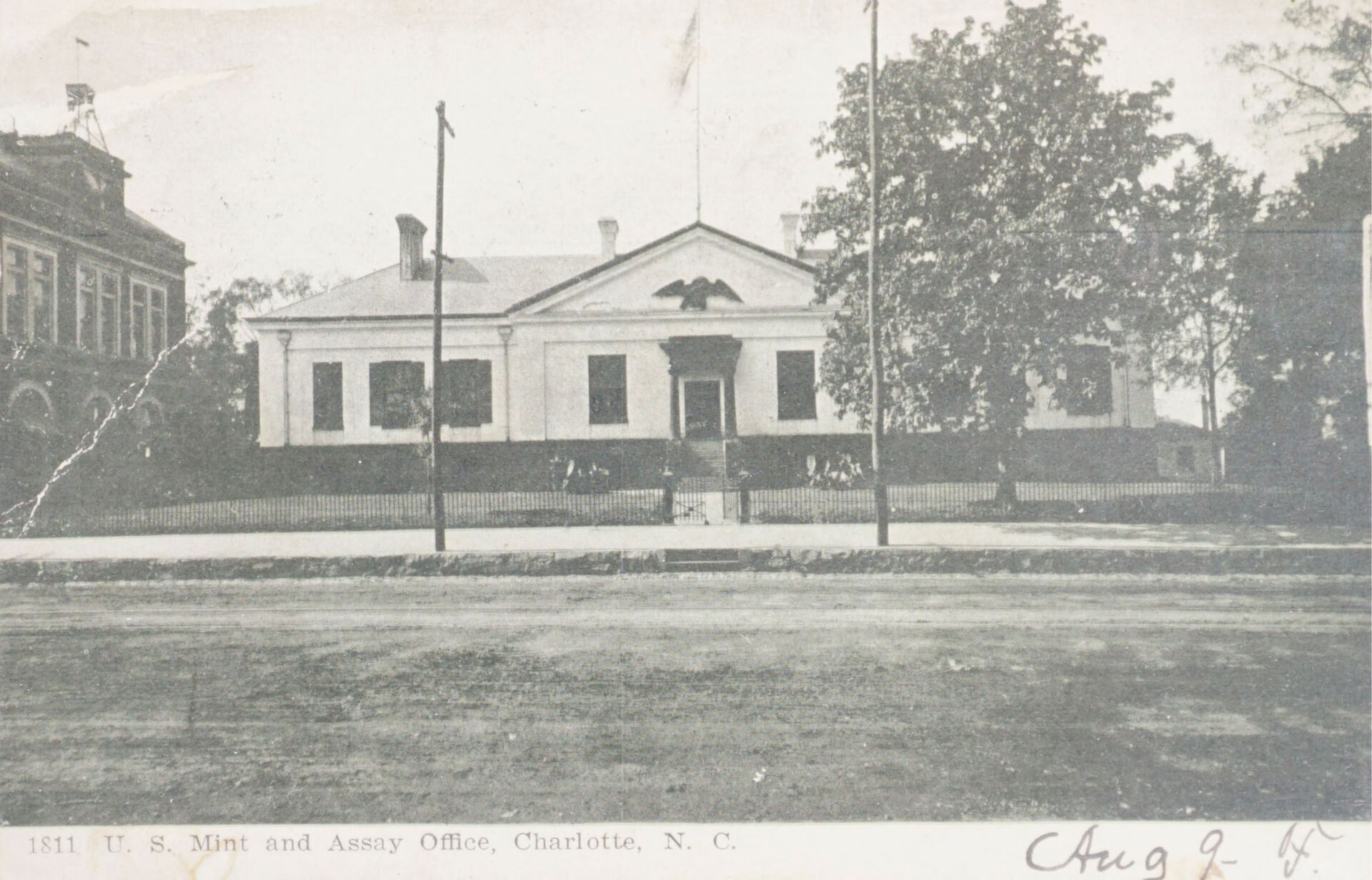
The Charlotte Mint
The Charlotte Mint was established in 1835 after miners in the area petitioned for a new branch mint to be made to reduce the risk of theft while transporting gold to Philadelphia. The Charlotte Mint officially opened in the summer of 1837, but first coins were not actually struck until March, 1838.
The first coins struck at the Charlotte Mint were $5 Gold Half Eagles. The Mint continued to operate until 1861 when it was seized by the Confederacy and converted into a hospital and a sort of outpost for military operations until the end of the Civil War.
After the Civil War, the Charlotte Mint was downgraded to an assay office and stayed open until 1913. By 1931, the Post Office next door needed to expand and the historic building was set to be demolished, but a group of private citizens purchased it and relocated the historic building to Eastover.
The relocated building was dedicated as the Mint Museum of Art in 1936, and houses a complete collection of all the types of gold coins that were minted at the Charlotte Mint as well as various other coins.
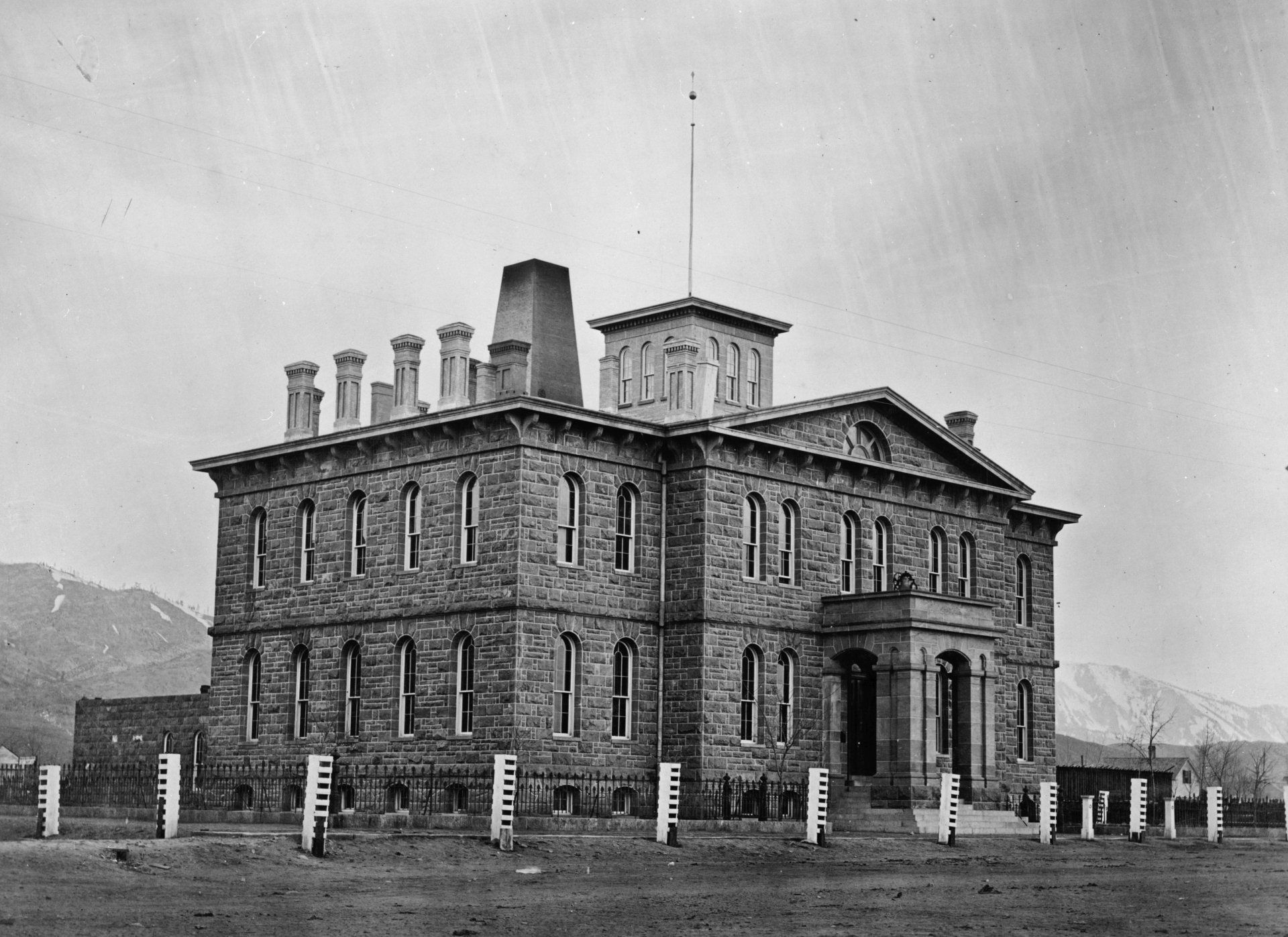
The Carson City Mint
The Carson City Mint of Carson City Nevada was created in 1863, but it didn’t actually operate until seven years later in 1870. As with most of the other branch mints, the Carson City Mint was built to help with the minting of silver coins from a silver mine in the area, this time the Comstock Lode. The mint operated for 15 years, then went on a hiatus until 1889, when it resumed operations until 1893.
The Carson City mint then became an assay office in 1895 for both gold and silver, and in 1933, it shut down for good. The building was sold to the State of Nevada in 1939, and turned into the Nevada State Museum, Carson City.
Coins struck at the Carson City mint are quite rare due to low mintages and are much loved and highly sought after by coin collectors. In 2021, Morgan and Peace dollars were struck with a CC privy mark to honor the Carson City Mint.

